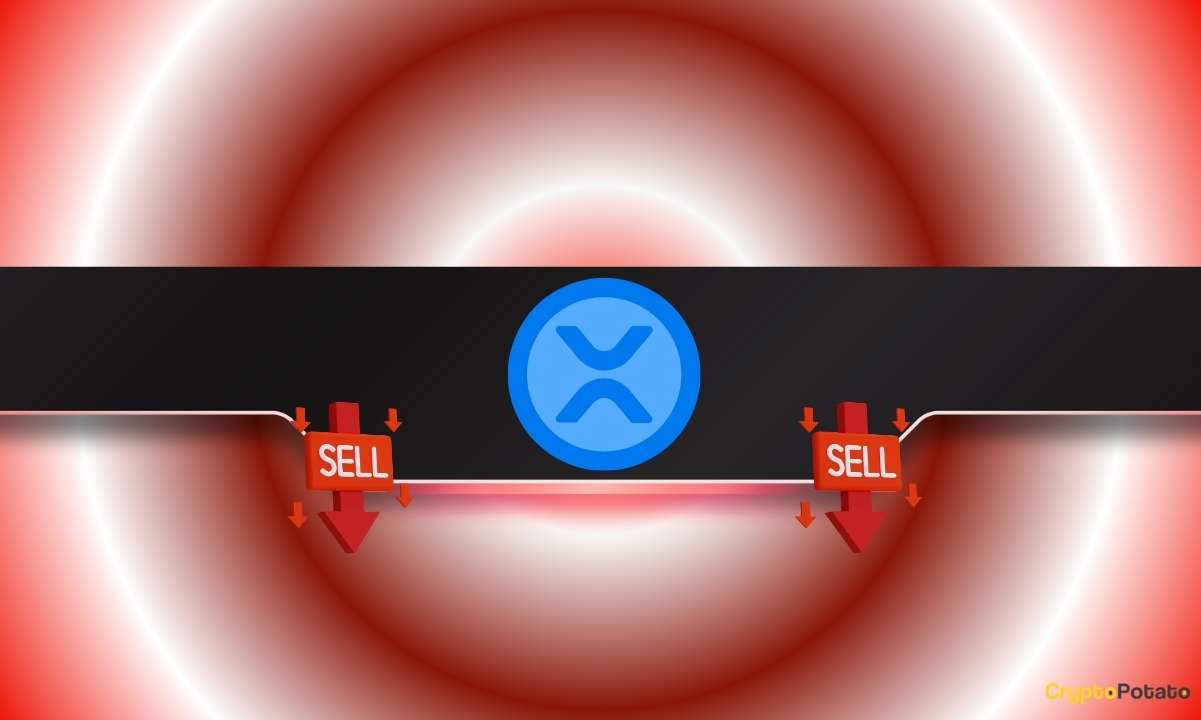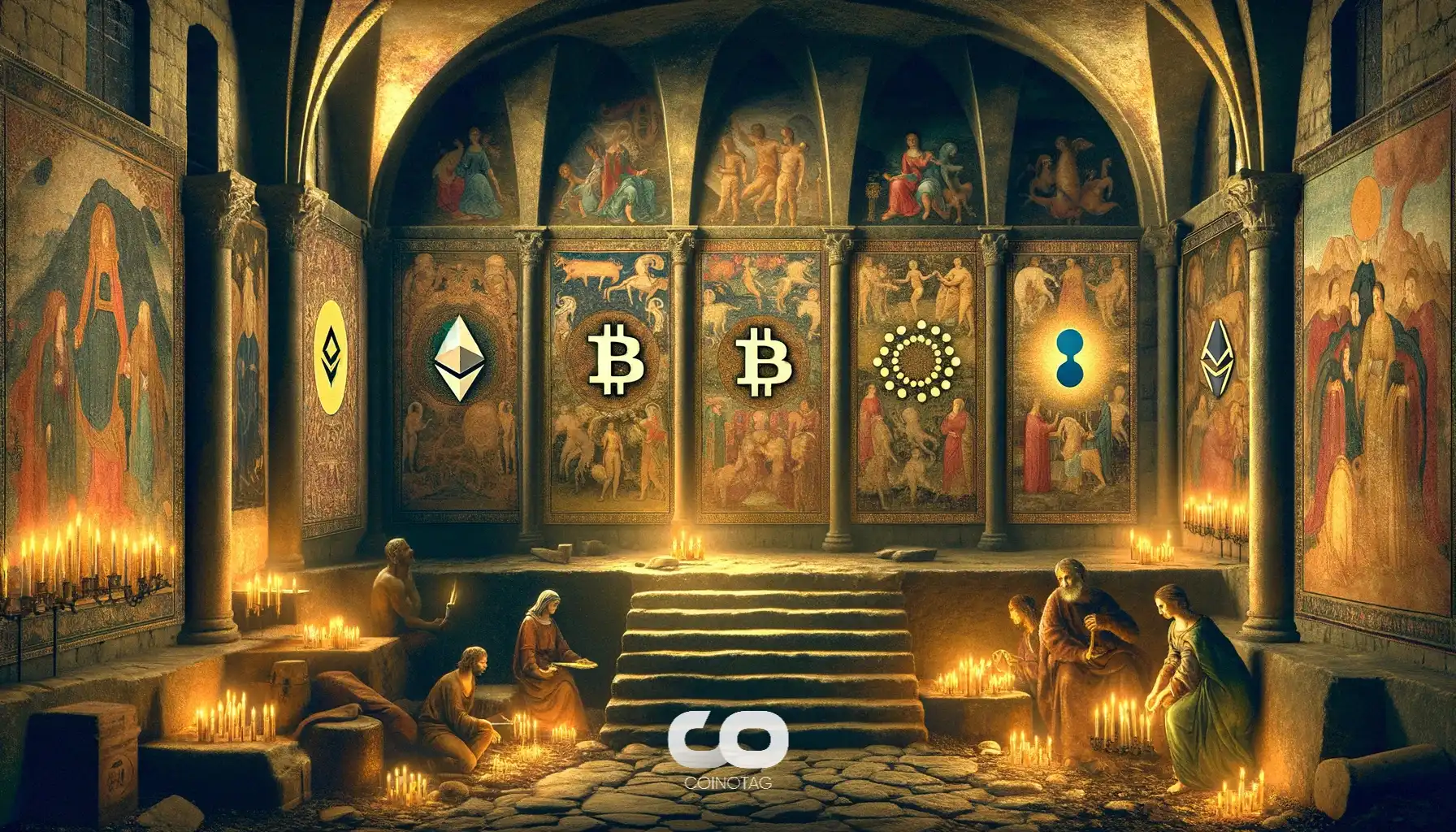
- Celo has completed its migration to Ethereum Layer 2, bringing faster block times and native cross-chain bridging support.
- Celo teams up with Alchemy to give developers stronger tools and smoother infrastructure after migrating to Ethereum Layer 2.
Finally, the Celo network has truly transformed. From a Layer 1 blockchain that has stood alone, it has now officially joined the Ethereum Layer 2 space. The migration process was quite complex, even causing block production on the Celo main network to be temporarily halted. But now, everything is back up and running.
Celo now operates as an Ethereum Layer 2 with block times cut from five seconds to just one second. For those who are used to waiting for transaction confirmations, like waiting for a train that never comes, this is good news.
 @Ethereum, we’re home!
@Ethereum, we’re home!
Following a successful “hard hard fork” led by core contributors at @cLabs & L1 validators, Celo is officially an Ethereum Layer 2 


What does that mean for the diverse, global decentralized ecosystem? Keep reading to find out ↓ pic.twitter.com/slW1W5oRmP
— Celo.eth 
 (@Celo) March 26, 2025
(@Celo) March 26, 2025
Celo: Bridging Simpler, Building Smarter
This change also brings a feature that previously felt half-baked: cross-network interoperability. Celo now supports direct bridging with Ethereum natively.
This means that the flow of assets and data between the two networks is smoother without having to cross a complicated or expensive bridge. Imagine being able to move your wallet from one network to another, like moving your wallet from your left pocket to your right pocket.
Furthermore, this migration was not done just for the sake of moving. Celo also partnered with Alchemy, a platform known for its robust infrastructure for developers. The goal is clear: to help developers build more reliable and connected applications.
The collaboration is a new foundation, as many developers in the Ethereum ecosystem are already familiar with Alchemy’s features.
Now, with all these updates, Celo seems ready to go even faster. The network is no longer a small stand-alone player, but rather part of the much broader Ethereum ecosystem. However, their approach remains down-to-earth: cheap, fast, and accessible.
Transaction fees on the new network can even be as low as $0.0005, so cheap it feels like nothing. This could be a big draw, especially for users in cost-sensitive developing countries.
Real-Time Feeds and Community-Focused Funding
Looking back, Celo has introduced the Celo Citizen Retro program, which was announced in December 2024. This program provides funding of 250,000 CELO for projects that have made significant contributions to building the ecosystem and making crypto more grounded in everyday life. Applications opened on December 20, 2024, and the response was quite warm.
Still in December, CNF reported another interesting integration: Band Protocol entered Celo Alfajores, Celo’s Layer 2 testnet, to supply real-time price data. This is great news for DeFi, GameFi, or perhaps NFT applications needing precise data.
The prices shown are not only estimates or based on data a few minutes old. Band Protocol offers access to more safe cross-chain feeds including real-time ones.
Meanwhile, as of the writing time, CELO is trading at about $0.3986, up 1.68% over the last 24 hours. It is driving its market cap to surpass the $225 million mark.
Crypto News Flash – Read More









